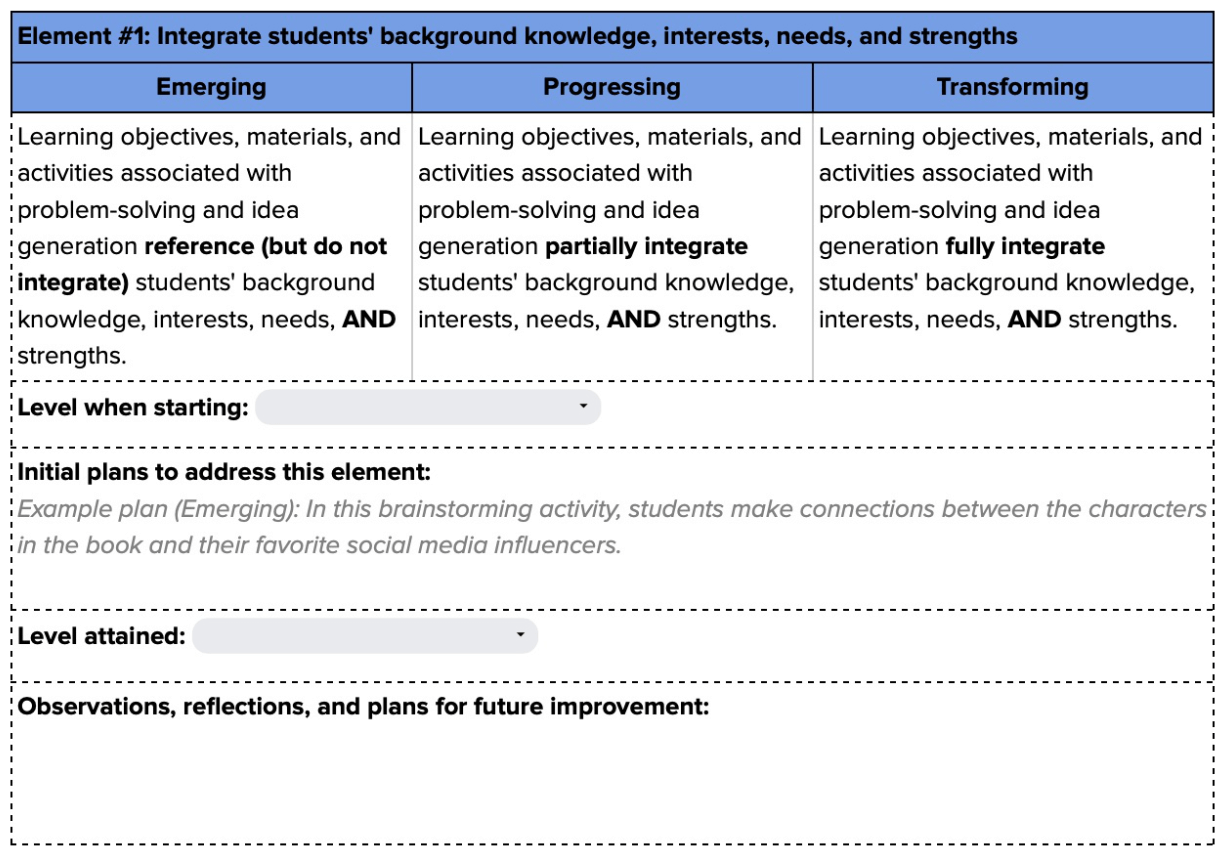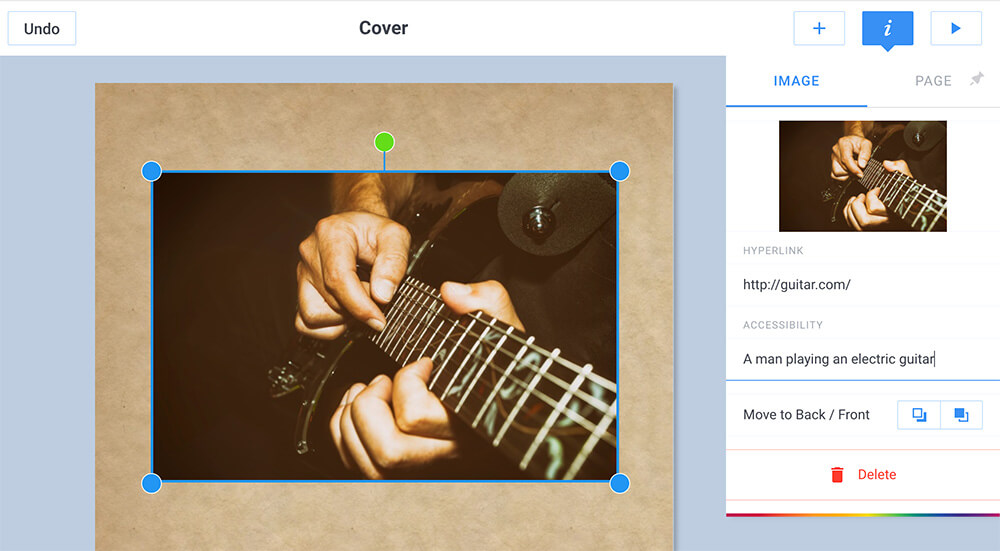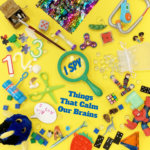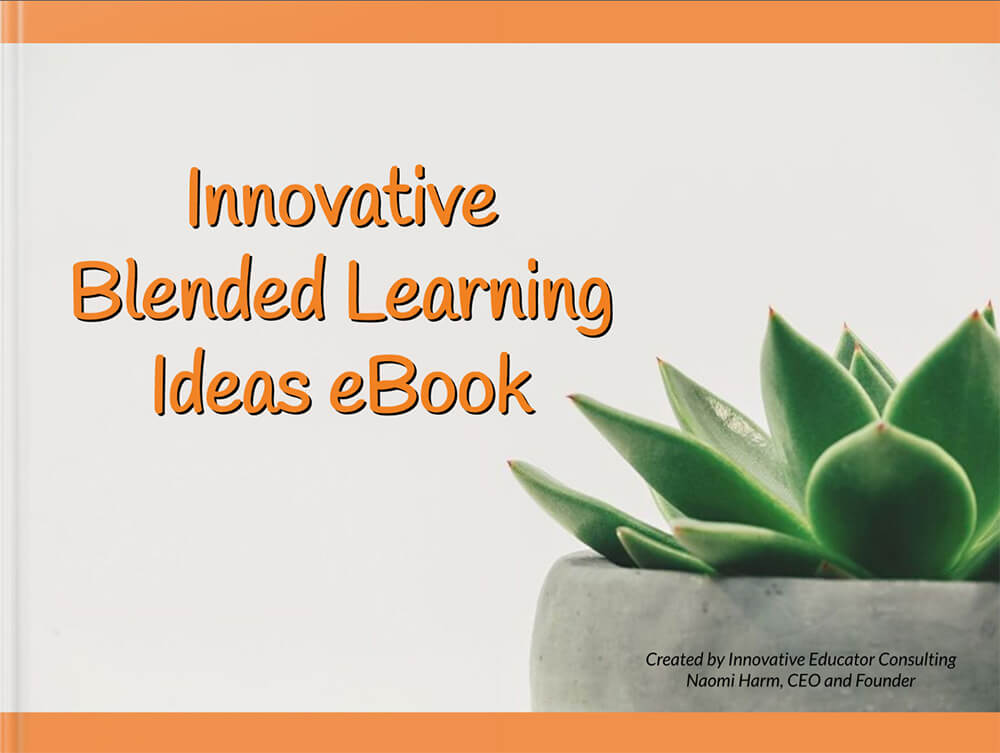The first post in this Creativity blog series introduced the broader concept of the 4Ps: Place, Process Person, Product. This one dives into Place.
Years ago, educator Douglas Kiang conducted video interviews of his students to inform the design of a new learning space. He asked them a single question: where do you feel most creative? Answers ranged from “in a coffee shop” to “under a tree” to “in my comfy chair.”
Students described locations that inspired a sense of community, included elements of nature, and made them feel comfortable. Most notably, not a single student said, “in school.”
No one described a traditional classroom environment with hard chairs (not to mention attached desks) placed in rows, an inability to comfortably move around the space, and a dearth of stimulation – the smell of coffee, the sounds of birds chirping or leaves rustling, background music, or the feeling of sinking into a soft space.
So, at Douglas’ school, they designed a new learning space based on the students’ input. Similarly, as an educator, consider how you might center your own students’ voices, interests, and identities to cultivate a creative learning environment within your classroom.
The Power of Place
Usually, discussions of creativity focus on specific products as demonstrations of a person’s creative performance. However, the 4Ps of Creativity (Place, Process, Person, and Product) allows us to take a broader view and also consider what influences creative performance. For that reason, at The Learning Accelerator (TLA), we produced an openly-available framework based on the 4Ps to help educators design and assess creative learning experiences using technology.
An important aspect of building creativity is cultivating an environment that allows those skills to flourish. Within the 4Ps, Place (originally referred to as Press) describes the physical and social conditions in which creativity may occur. For teachers, this includes not only how a physical space is configured but also whether the learning objectives, materials (both analog and digital), and activities…
- Integrate students' background knowledge, interests, needs, and strengths;
- Incorporate students' cultural, linguistic, and social identities;
- Prompt students to design practical, relevant solutions; and
- Encourage students to explore new ideas.
How do I cultivate a creative learning environment?
Designing a creative learning environment can feel like a daunting task. Our creativity framework recognizes that this is an ongoing, iterative process that takes time. To get started, we recommend that you choose one to two elements as the focus for a lesson, unit, or activity. Then, use the protocols within the framework to guide how you design and assess your work.
Each element includes a protocol to support your design. However, it is important to recognize that this is a framework, not a rubric. The goal is to focus on improvement, not evaluation. Equally important, the framework also includes both digital and printable reflection protocols for your students.

Admittedly, it can be challenging for students to articulate whether they feel creative within a classroom environment. Whereas Douglas’ students quickly explained where they felt most creative, your students might not be so eloquent. Frankly, all of us who have taught middle school know the frustration of the one-word response!
Cultivating a creative learning environment is an ongoing process and takes time. We also encourage you to use the framework to get feedback from colleagues, coaches, or your school leader and include a tool to support it. However, as you develop new learning objectives, materials, and activities for your students, they will have increased opportunity to engage in the creative Process. We will dive into that with our next post.
Dr. Beth Holland is a Partner at The Learning Accelerator (TLA), where she leads the organization’s research and measurement initiatives. She has over 25 years of experience working as an educator and researcher examining challenges of equity, technology, and leadership within K-12 public school systems.









